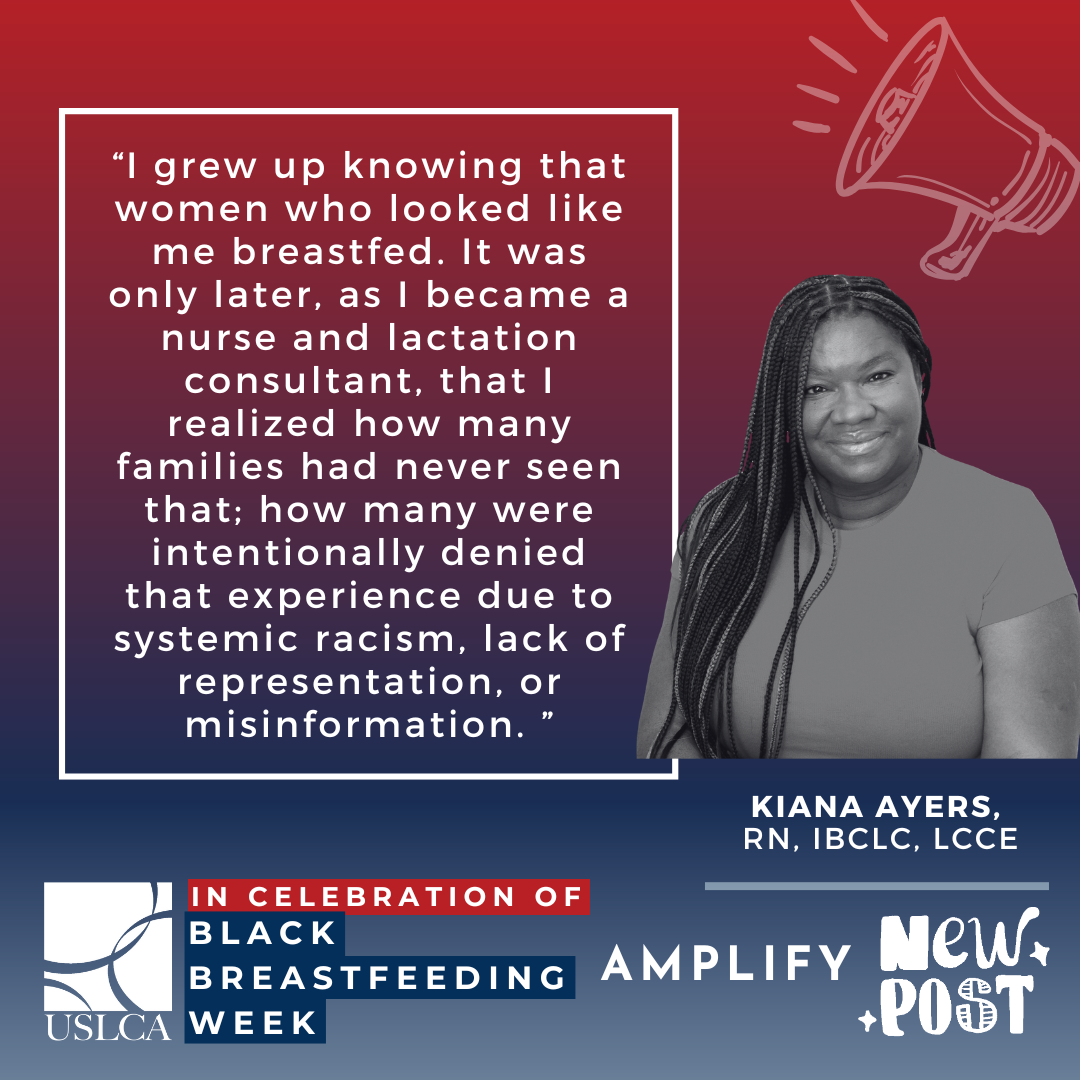By Genny Stiller C-PNP, IBCLC, CNLS
 It’s Autism Acceptance Month! Let’s discuss how to demonstrate autism acceptance inside of your lactation practice. We’re not going to talk about how to increase awareness of autism, because I think you’re already aware of it. It’s highly likely you’re familiar with the common neurodevelopmental condition that is characterized by atypical sensory reactivity, challenges with communication, emotional regulation, adjusting to change, and social situations, and a strong need for routines and order.
It’s Autism Acceptance Month! Let’s discuss how to demonstrate autism acceptance inside of your lactation practice. We’re not going to talk about how to increase awareness of autism, because I think you’re already aware of it. It’s highly likely you’re familiar with the common neurodevelopmental condition that is characterized by atypical sensory reactivity, challenges with communication, emotional regulation, adjusting to change, and social situations, and a strong need for routines and order.
What you may not have thought about is that autism is a not exclusively a childhood condition, it is present throughout the life span. Pivoting from a mindset of awareness to acceptance is the meaningful component for lactation consultants supporting autistic lactating clients.
As lactation experts we ARE extremely adept at customizing care for our clients based on their specific needs and unique situations. Existing lactation education is robust and comprehensive, however it doesn’t include support of the autistic parent. Research and clinical expertise in this area are limited, but growing every year.
The immediate question is how can we demonstrate acceptance and deliver supportive care from where we’re at right now? Let’s explore 5 things that will help you deliver autistic-informed lactation care today.
#1 There are 12.5 million autistic females* potentially breastfeeding/chestfeeding globally
If you’ve seen 8 lactation clients this year, you’ve probably cared for someone autistic. Maybe you remember the client who felt overwhelmed with the sensations of lactation but didn’t have any obvious skin trauma or latch issues. Hold a space for your client to share their diagnosis and individual expression of their autism. Signal your autism acceptance by including autism spectrum condition in the past medical history form.
*WHO currently uses the terms male and female in data collection and reporting
#2 Autistics experience life with heightened intensity and lactation is no exception.
Extensive research validates atypical sensory reactivity as a universal characteristic of autism. This remains present during lactation. There is a heavy and often invisible load of new sensory input, disruption of routine, and unpredictability during lactation. For the autistic parent, this can result in sensory overload quickly. We can’t change the needs of the baby, but we can mitigate some of the overload by adjusting the sensory stimuli in the environment to hold space for processing. Signal your autism acceptance by asking about sensory sensitivities in your intake.
#3 Lactation is a sensory experience.
Lactation is a sensory rich experience with over 40 sensory inputs occurring simultaneously during a single feeding. For an autistic person, processing a single sensory input can be challenging. An overwhelmed nervous system may struggle to process additional input and even shut down. We can ask targeted sensory questions about the experience of wetness on the skin, the weight of the infant toward the body, and the feel of skin on skin, for example. Signal your autism acceptance by using sensory language during your pain assessment.
#4 Atypical sensory reactivity includes hyposensitivity.
Be open to exploring challenges that arise when the nervous system does not register or respond to sensory input quickly. This can look like delayed perception of breast fullness, pain, or challenges with interpreting infant cues. In addition to recognizing hypersensitivity, signal your autism acceptance by actively observing for signs of hyposensitivity during the assessment and exam.
#5 Autism is a disability that merits accommodations.
Consider the waiting room. The bright lights, the constant fluctuation of temperature, the endless orchestra of auditory stimuli, and the distractions of other clients and staff. The cumulative impact on the initial phase of the visit, plus a longer than expected wait, plus a crying baby, plus navigating lactation in a new space can temporarily make communication temporarily unavailable.
Signal your autism acceptance by actively accommodating for environmental triggers, arranging autism friendly seating options, and providing additional time to adjust to transitions between environments whenever possible.
Let’s keep learning. Continue the autism conversation with your peers and clients. Be intentional and seek out autism informed continuing education to bring additional awareness, acceptance, and increased value into your lactation practice. Finally, if you have an opportunity to drive academic research in this area, I challenge you to do so.
What is your lactation story?
Genny Stiller is a Board-Certified Pediatric Nurse Practitioner, International Board-Certified Lactation Consultant, and Certified Neurodiverse Lactation Specialist. Her work includes private practice, international speaking events, research, and neurodiverse lactation curriculum. In early 2022, she founded the Neurodiverse Lactation Education Center, an online resource providing neurodiverse lactation education and training to professionals. When she’s not working, she’s homeschooling her 3 children, enjoying the outdoors, and looking for the next perfect yarn project.
Want to learn more from Genny? Check out her recent webinar with USLCA, Sensory Conscious Lactation Support here!



